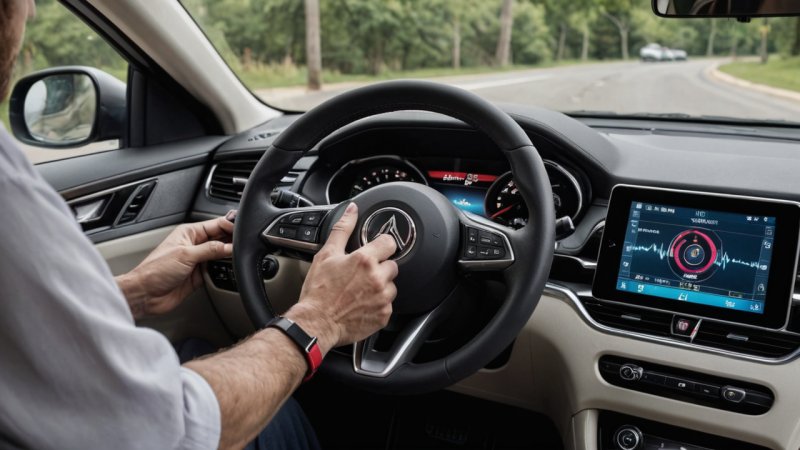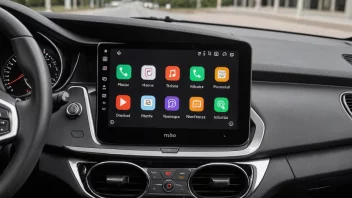What are health monitoring features in automotive tech?
Health monitoring features in automotive tech refer to the various technologies and systems integrated into vehicles that track and assess the physical well-being of the driver and passengers. These features can include heart rate monitors, stress level assessments, and even fatigue detection systems, all aimed at ensuring a safer driving experience.
How do health monitoring systems work in vehicles?
Health monitoring systems typically utilize a combination of sensors and algorithms to gather data about the driver’s physiological state. For instance, biometric sensors may track heart rate through the steering wheel or seat, while cameras can monitor facial expressions to gauge alertness and stress levels.
What benefits do health monitoring features provide?
- Safety: By keeping track of the driver's health, these systems can alert them to potential issues, reducing the risk of accidents.
- Comfort: Monitoring features can help create a more comfortable driving experience by adjusting climate controls based on the driver's stress levels.
- Awareness: Drivers can gain insights into their health, encouraging better habits and lifestyle choices.
Are health monitoring features standard in all vehicles?
No, health monitoring features are not standard in all vehicles. They are more commonly found in higher-end models and luxury vehicles. However, as technology advances and consumer demand grows, more manufacturers are likely to integrate these features into mainstream models.
Can health monitoring systems prevent accidents?
While health monitoring systems cannot completely prevent accidents, they can significantly reduce the risk by alerting drivers when they are too fatigued or stressed to drive safely. Some systems may even be capable of taking control of the vehicle in critical situations to avoid collisions.
What should I look for in a vehicle with health monitoring features?
- Type of Monitoring: Look for vehicles that offer a comprehensive range of monitoring options, such as heart rate, stress levels, and fatigue detection.
- Integration: Ensure the health systems are seamlessly integrated with other vehicle functions for optimal performance.
- User-Friendly Interface: The systems should be easy to understand and access, with clear alerts and recommendations based on the data collected.
How can I improve my health while driving?
To improve your health while driving, consider the following tips:
- Take Breaks: Regular breaks during long drives can help reduce fatigue and improve focus.
- Stay Hydrated: Keep water on hand to stay hydrated, as dehydration can lead to fatigue.
- Practice Good Posture: Adjust your seat to ensure you maintain good posture, which can help reduce strain and discomfort.
Are there any privacy concerns with health monitoring features?
Yes, privacy concerns are a valid issue when it comes to health monitoring features in vehicles. Data collected by these systems may be sensitive, and it’s important for users to understand how their data is stored, used, and shared by manufacturers. Always review the privacy policy and data usage practices of the vehicle manufacturer.
Will health monitoring features become standard in the future?
It is likely that health monitoring features will become more common in the future as advancements in technology continue. As consumers become more health-conscious, manufacturers are incentivized to include these features to enhance the safety and driving experience.
In conclusion, the integration of health monitoring features in automotive tech is an exciting development that focuses on enhancing safety and well-being for drivers and passengers alike. As technology evolves, these features may soon become standard, making every drive healthier and safer.






